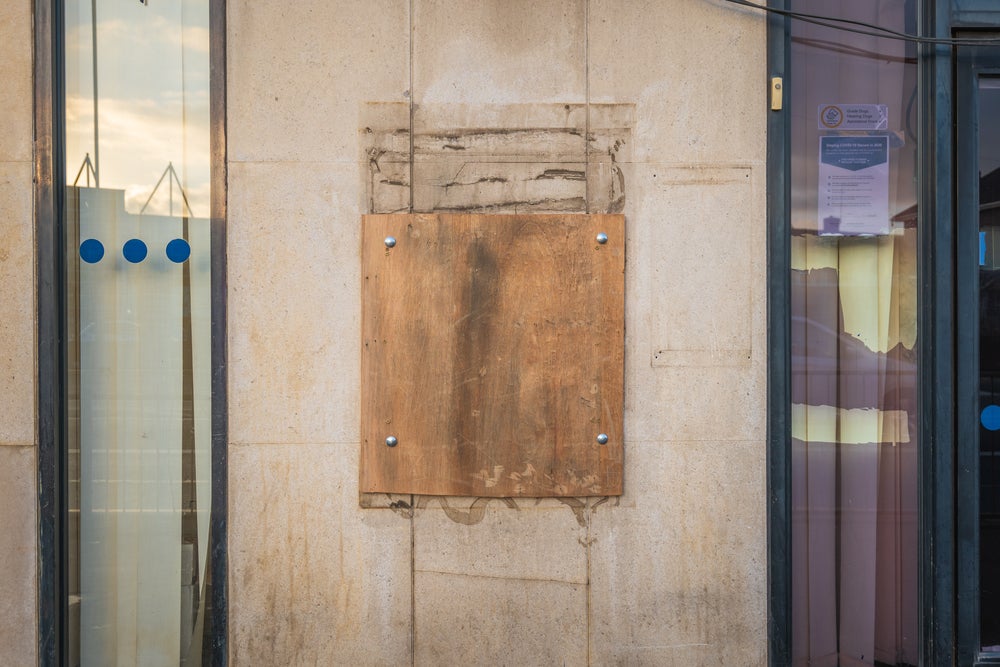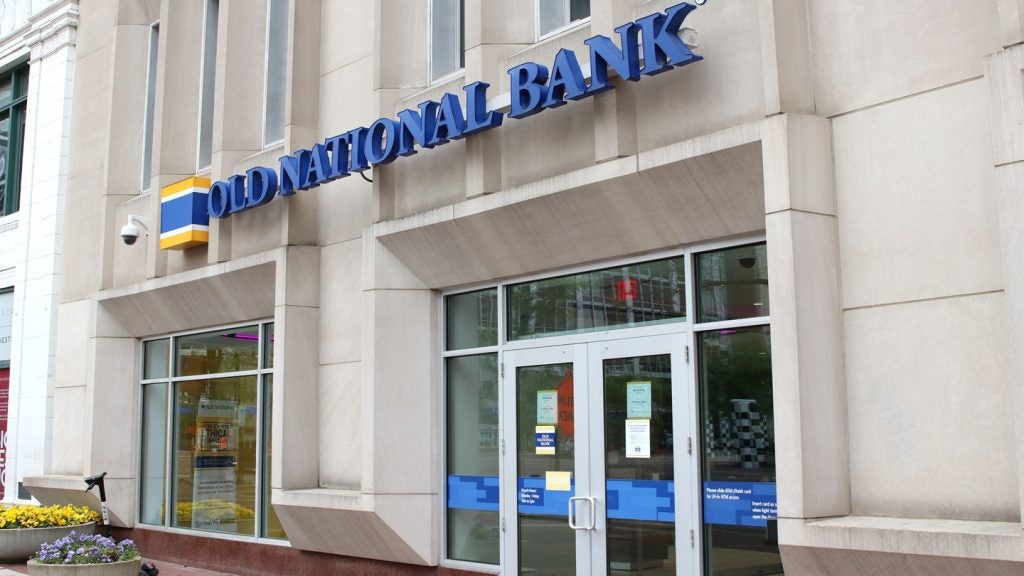Mobile banking is quickly gaining popularity and
acceptance the world over. More and more banks are recognising the
potential of mobile-banking as a tool for financial inclusion and
increasingly are launching m-banking products and services catering
to the unbanked and under-banked, reports Meghna
Mukerjee
 Mobile banking
Mobile banking
is being embraced the world over at a rapid pace. With more
customers being exposed to new banking apps and the Smartphone
craze, m-banking or ‘banking on the go’ arguably, could become the
most important transactional banking channel.
In developing economies, m-banking is also being used to boost
financial inclusion. Across
Africa, Bangladesh and parts of India, mobile phones are cheap and
ownership is high. There are more than twice as many people in the
world with mobile phones than hold bank accounts.
Mobile phones have the potential to play a major role in
bringing financial services to the world’s unbanked population. The
idea is, once people start using m-money they become financially
included and more likely to consider other financial products, such
as a bank account or microfinance.
Mobile network operators have been working with agents and banks
to offer financial services through mobile phones but mainstream
players are getting more involved.
How well do you really know your competitors?
Access the most comprehensive Company Profiles on the market, powered by GlobalData. Save hours of research. Gain competitive edge.

Thank you!
Your download email will arrive shortly
Not ready to buy yet? Download a free sample
We are confident about the unique quality of our Company Profiles. However, we want you to make the most beneficial decision for your business, so we offer a free sample that you can download by submitting the below form
By GlobalDataIn November, Visa launched a prepaid account that can be
accessed through mobile phones, targeting the vast unbanked market
in developing countries. Account holders will be able to send
funds, send and receive international remittances, make purchases
where Visa is accepted, and
withdraw funds at ATMs.
Visa new’s product is based on technology from Fundamo, a mobile
financial services solutions provider it acquired in June. The
service is designed to boost the security, scale and
interoperability of its m-banking offerings by connecting customers
with its VisaNet network
and open up closed-loop systems.
Handset-based financial services is a common phenomenon now in
developing countries and Visa is trying to tap into the vast amount
of opportunity that lies in this space.
According to GSMA, an organisation that represents interests of
mobile operators globally, there are over 100 programmes running
that involve mobile phone-based financial services operations.

Jim McCarthy, head, product at Visa, says mobile technology is
“enabling financial institutions,
mobile network operators and Visa to connect unbanked consumers to
each other and the global economy”.
Telco MTN Group, which has 5.7m registered customers for its
mobile money service in Africa and the Middle East, has already
agreed to offer the new Visa product to its customers, starting in
Nigeria and Uganda. Visa is working towards extending the service
across Africa, Asia and Latin America.
A huge informal cash economy exists in almost all sub-Saharan
African countries. For instance, Kenya’s local mobile phone
operator, Safaricom, launched M-Pesa in Kenya in 2007. There are
approximately over 17,500 M-Pesa agents all over Kenya, compared to
Kenya’s 840 bank branches.
Similarly banks in developing economies such as India,
Bangladesh, countries in South America are taking to mobile banking
specifically with the aim of financial inclusion.
Approximately 13% of Bangladesh’s population has access to some
kind of formal banking systems while the rest depends on informal
ones. However m-banking, m-remittances and
m-payments are becoming more prevalent.
Dutch Bangle Bank Bangladesh (DBBL) is one of the major banks
that have a number of m-banking options and have recently launched
itself on a Sybase 365 3.0 software platform to
offer advanced m-banking solutions. It is Bangladesh’s first
bank-led, m-banking service, the rest being operator-led so
far.
EMEA director of sales for Sybase 365, Carsten Kress, says DBBL
essentially targets the under-banked and the unbanked.
“It gives flexibilities for the bank – especially for emerging
markets – to put some foots on the ground,” says Kress.
In early October, for instance, Citigroup and América Móvil
announced Transfer, a $50m joint venture, to offer m-banking
services across Latin America, starting with Mexico.
In Kenya, Citi has integrated its electronic banking platform
with MNOs and launched a payment channel to reduce exclusion.
Moving beyond tie-ups, Barclays launched Hello Money, enabling
customers to perform real time transactions over mobile phones,
with the aim of changing the way people in Indian rural areas use
financial services.
In 2009, Barclays launched Hello Money in Kenya and Botswana.
Development is underway to extend the service to other markets.
However, in Europe, US, and other developed markets, m-banking
is primarily exploited as a revenue-generating channel.
Currently, in countries ranging from Mexico, Indonesia, to
Pakistan, regulations are being drafted for the era of mobile.







